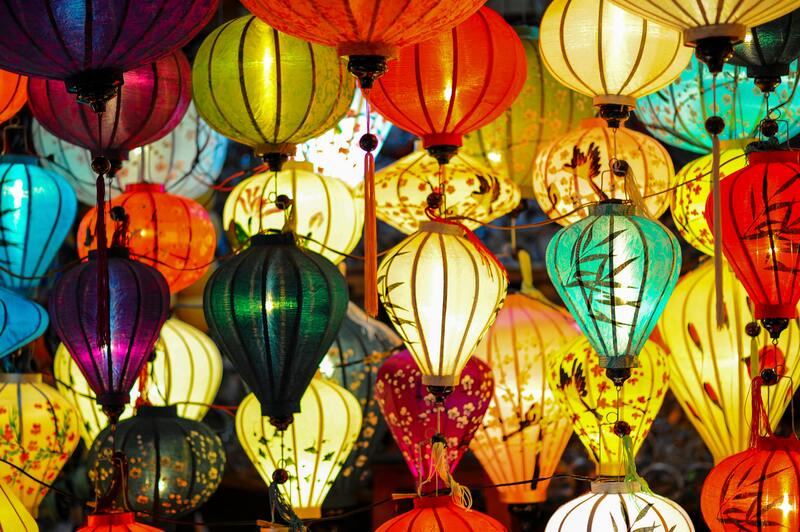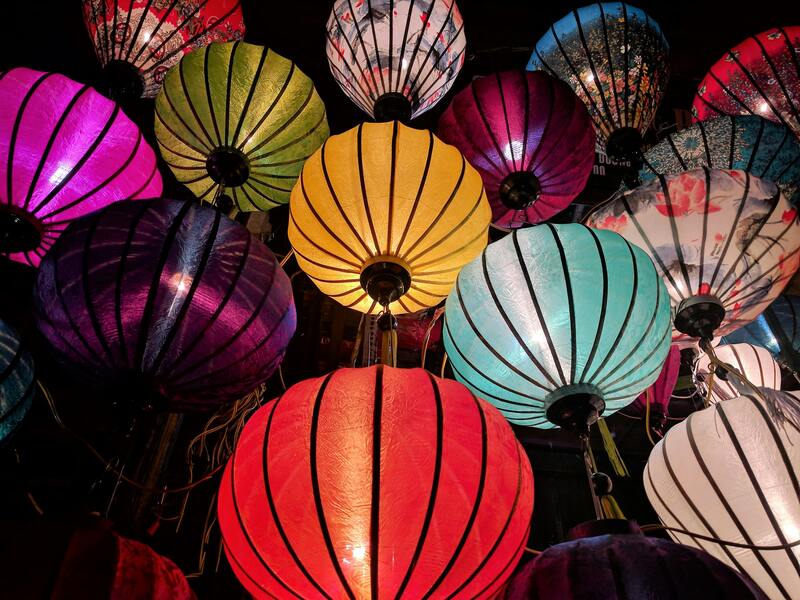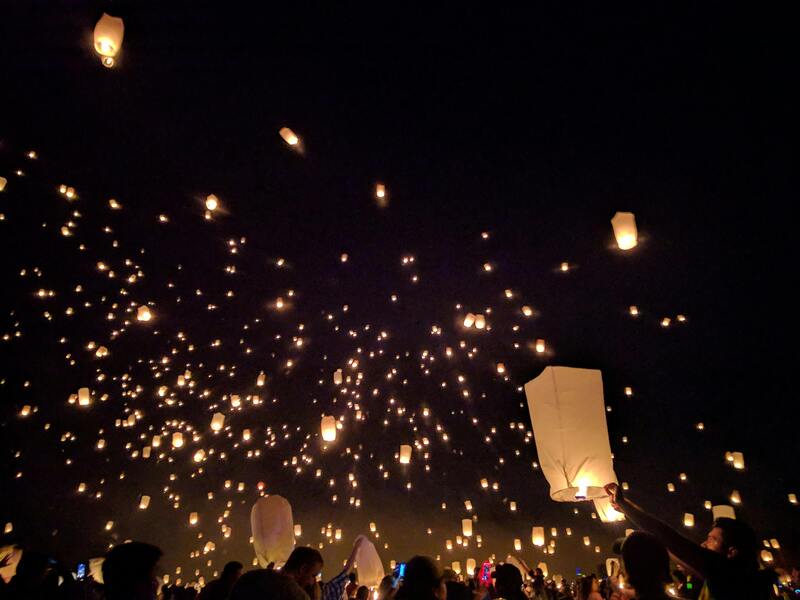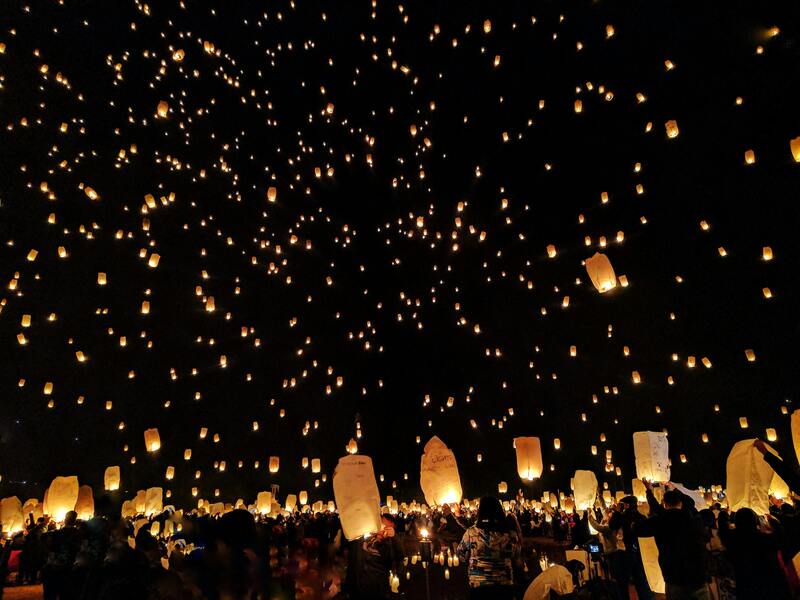Okay, here's a more human-sounding rewrite of that lantern info:
1. What's a Lantern?
A lantern is just a light you can carry around to see stuff. Unlike a flashlight that only points light one way, lanterns shine light all over – perfect for indoors or out. They can use gas, batteries, or other fuels.
2. Lantern Types
A. Fuel Lanterns
* Kerosene Lanterns
* Use kerosene fuel.
* Give off a warm, bright light.
* Good to have for camping or if the power goes out.
* **Good Sides:** Last a long time, tough.
* **Bad Sides:** Need fresh air, can smell and smoke.
* Gas Lanterns
* Use propane or other gas in bottles.
* Give off a bright light you can change.
* **Good Sides:** Light fast, burn clean.
* **Bad Sides:** Can be big, always need new gas bottles.
* Oil Lanterns
* Use lamp oil or bug-repelling oil.
* Look nice and good for mood lighting.
* **Good Sides:** Sets a nice mood.
* **Bad Sides:** Not super bright, be careful when move it or refill.
B. Electric Lanterns
* Battery Lanterns
* Use everyday batteries to turn on.
* Often used for camping and when power goes out.
* **Good Sides:** Easy to move around, no bad smells safer gas/fire.
* **Bad Sides:** Always need to get new batteries.
* Rechargeable Lanterns
* Have batteries inside that you charge with a USB or solar.
* Often have bright or dim settings.
* **Good Sides:** Save money over time, they help environment.
* **Bad Sides:** Cost more at first, remember to charge them.
* Solar Lanterns
* Charge up in the sun.
* Good for living away from the city.
* **Good Sides:** Free power, safe, don't need fuel.
* **Bad Sides:** Not super bright, need sunlight.
C. Candle Lanterns
* Use candles to make light.
* Look nice and good for mood lighting.
* **Good Sides:** Simple, cozy light.
* **Bad Sides:** Can catch fire, not bright, candles don't last long.
3. What to Think About
* Brightness: How bright it is (lumens). More lumens = brighter.
* Light Color: Warm (yellow) or cool (white).
* How Long It Lasts: How long before you need more fuel or charge the battery.
* How Strong It Is: Should be water-resistant and hard to break.
* Easy to Carry: Lightweight, easy to hold, or folds up.
* Change the Light: Can make it brighter, dimmer, or blink.
4. What They're Used For
* Camping and hiking
* When the power goes out
* Parties and decorations outside
* Working outside at night
* Fishing and boating
* Nice lighting around the house or on the porch
5. Be Safe
* Fuel Lanterns: Make sure there's air; keep away from things that burn.
* Electric Lanterns: Keep out of water if they're not waterproof.
* Candle Lanterns: Watch them; keep away from kids and pets.
* All: Check for damage or leaks.
6. Keep It Working
* Fuel Lanterns: Clean the wick, refill the fuel carefully, store standing up.
* Electric Lanterns: Charge them, change old batteries.
* Solar Lanterns: Keep the solar panels clean.
* All: Wipe clean, store in a dry place.
7. How to Pick
* Camping: Light, tough, bright, uses batteries or gas.
* Power Outages: Long battery life, charges, small.
* Nice Lighting: Candle or oil, looks good.
* Outdoor Nighttime: Waterproof, shockproof, bright.
1. What's a Lantern?
A lantern is just a light you can carry around to see stuff. Unlike a flashlight that only points light one way, lanterns shine light all over – perfect for indoors or out. They can use gas, batteries, or other fuels.
2. Lantern Types
A. Fuel Lanterns
* Kerosene Lanterns
* Use kerosene fuel.
* Give off a warm, bright light.
* Good to have for camping or if the power goes out.
* **Good Sides:** Last a long time, tough.
* **Bad Sides:** Need fresh air, can smell and smoke.
* Gas Lanterns
* Use propane or other gas in bottles.
* Give off a bright light you can change.
* **Good Sides:** Light fast, burn clean.
* **Bad Sides:** Can be big, always need new gas bottles.
* Oil Lanterns
* Use lamp oil or bug-repelling oil.
* Look nice and good for mood lighting.
* **Good Sides:** Sets a nice mood.
* **Bad Sides:** Not super bright, be careful when move it or refill.
B. Electric Lanterns
* Battery Lanterns
* Use everyday batteries to turn on.
* Often used for camping and when power goes out.
* **Good Sides:** Easy to move around, no bad smells safer gas/fire.
* **Bad Sides:** Always need to get new batteries.
* Rechargeable Lanterns
* Have batteries inside that you charge with a USB or solar.
* Often have bright or dim settings.
* **Good Sides:** Save money over time, they help environment.
* **Bad Sides:** Cost more at first, remember to charge them.
* Solar Lanterns
* Charge up in the sun.
* Good for living away from the city.
* **Good Sides:** Free power, safe, don't need fuel.
* **Bad Sides:** Not super bright, need sunlight.
C. Candle Lanterns
* Use candles to make light.
* Look nice and good for mood lighting.
* **Good Sides:** Simple, cozy light.
* **Bad Sides:** Can catch fire, not bright, candles don't last long.
3. What to Think About
* Brightness: How bright it is (lumens). More lumens = brighter.
* Light Color: Warm (yellow) or cool (white).
* How Long It Lasts: How long before you need more fuel or charge the battery.
* How Strong It Is: Should be water-resistant and hard to break.
* Easy to Carry: Lightweight, easy to hold, or folds up.
* Change the Light: Can make it brighter, dimmer, or blink.
4. What They're Used For
* Camping and hiking
* When the power goes out
* Parties and decorations outside
* Working outside at night
* Fishing and boating
* Nice lighting around the house or on the porch
5. Be Safe
* Fuel Lanterns: Make sure there's air; keep away from things that burn.
* Electric Lanterns: Keep out of water if they're not waterproof.
* Candle Lanterns: Watch them; keep away from kids and pets.
* All: Check for damage or leaks.
6. Keep It Working
* Fuel Lanterns: Clean the wick, refill the fuel carefully, store standing up.
* Electric Lanterns: Charge them, change old batteries.
* Solar Lanterns: Keep the solar panels clean.
* All: Wipe clean, store in a dry place.
7. How to Pick
* Camping: Light, tough, bright, uses batteries or gas.
* Power Outages: Long battery life, charges, small.
* Nice Lighting: Candle or oil, looks good.
* Outdoor Nighttime: Waterproof, shockproof, bright.
8. Cool Lantern Types
A. LED Lanterns
These use LEDs (light-emitting diodes).
They're super energy-saving, last forever, and are tough.
They often have settings for diffrent brightness, a strobe, or a red light for seeing at night.
What's great: They don't use much power, last a long time, and stay cool.
What's not: They don't give off that cozy vibe like candles or oil lanterns.
B. Multi-Fuel Lanterns
They can burn gas, liquid fuel, or kerosene.
They're awesome if you're camping a long time or in a survival situation where you might not have one type of fuel.
What's great: They are super flexible.
What's not: They're heavy and a little tricky to use.
C. Collapsible / Inflatable Lanterns
They're easy to carry and light, which is perfect for backpacking.
The inflatable ones act like diffusers, so you get soft light.
What's great: They're super easy to carry and save space.
What's not: They're kind of fragile and won't hold up in rough weather.
9. Lantern Stuff That's Good to Know
What It Is | What It Means | Why It's useful
------- | -------- | --------
Lumens | How bright the light is | How much space the lantern lights up
Color Temp | Yellow light VS white light | Yellow for cozy feels, white for seeing
Battery Life | How long it runs non-stop | Helps you get ready for camping or if the lights go out
IP Rating | How well it handles water and dust | Super useful for outside when it's rainy or dusty
Fuel Capacity | How much fuel it holds | Longer burn times, less refills
Weight | How big it is and how easy to carry | Good for backpacking or trips
10. Cool Things You Can Do With Lanterns
Make Light Softer
Put a thin white cloth or paper around an LED lantern to make the light softer if you're reading or inside.
Hang Them Up
Lots of lanterns have hooks—hang them from a tree, tent pole, or ceiling to light up more space.
Signal for Help
Bright lanterns can signal for help by flashing the light or covering it with a cloth.
Keep the Power On
If you've got lanterns that recharge, bring extra batteries or a power bank to keep them going on long trips.
Other ways to make use of Lanterns
Warmth: Small kerosene or oil lanterns can make a tent a little warmer.
Keep bugs away: Citronella oil lanterns keep mosquitoes away outside.
Set the mood: Lanterns with dimmers or colored LEDs can make events feel cool.
11. Other Uses
Decor: Lanterns look cool as centerpieces for weddings, gardens, and patios.
Take pictures: Lanterns give off soft light for shooting photos at night.
Go hiking : Red or dim lights helps you see better without losing your night vision.
Survival Kits: Small, multi-fuel or solar lanterns are must-haves for emergency kits and getting ready for disasters.
12. How to Keep Your Lantern Going
Keep fuel lanterns standing up straight in a cool place, so they don't leak.
Recharge batteries, and don't let lithium-ion batteries die completely if you want to store them for a while.
Wipe off the lantern lens to keep it bright.
If you don't use solar lanterns for a while, don't cover the solar panels and let them get some sunlight now and then.
A. LED Lanterns
These use LEDs (light-emitting diodes).
They're super energy-saving, last forever, and are tough.
They often have settings for diffrent brightness, a strobe, or a red light for seeing at night.
What's great: They don't use much power, last a long time, and stay cool.
What's not: They don't give off that cozy vibe like candles or oil lanterns.
B. Multi-Fuel Lanterns
They can burn gas, liquid fuel, or kerosene.
They're awesome if you're camping a long time or in a survival situation where you might not have one type of fuel.
What's great: They are super flexible.
What's not: They're heavy and a little tricky to use.
C. Collapsible / Inflatable Lanterns
They're easy to carry and light, which is perfect for backpacking.
The inflatable ones act like diffusers, so you get soft light.
What's great: They're super easy to carry and save space.
What's not: They're kind of fragile and won't hold up in rough weather.
9. Lantern Stuff That's Good to Know
What It Is | What It Means | Why It's useful
------- | -------- | --------
Lumens | How bright the light is | How much space the lantern lights up
Color Temp | Yellow light VS white light | Yellow for cozy feels, white for seeing
Battery Life | How long it runs non-stop | Helps you get ready for camping or if the lights go out
IP Rating | How well it handles water and dust | Super useful for outside when it's rainy or dusty
Fuel Capacity | How much fuel it holds | Longer burn times, less refills
Weight | How big it is and how easy to carry | Good for backpacking or trips
10. Cool Things You Can Do With Lanterns
Make Light Softer
Put a thin white cloth or paper around an LED lantern to make the light softer if you're reading or inside.
Hang Them Up
Lots of lanterns have hooks—hang them from a tree, tent pole, or ceiling to light up more space.
Signal for Help
Bright lanterns can signal for help by flashing the light or covering it with a cloth.
Keep the Power On
If you've got lanterns that recharge, bring extra batteries or a power bank to keep them going on long trips.
Other ways to make use of Lanterns
Warmth: Small kerosene or oil lanterns can make a tent a little warmer.
Keep bugs away: Citronella oil lanterns keep mosquitoes away outside.
Set the mood: Lanterns with dimmers or colored LEDs can make events feel cool.
11. Other Uses
Decor: Lanterns look cool as centerpieces for weddings, gardens, and patios.
Take pictures: Lanterns give off soft light for shooting photos at night.
Go hiking : Red or dim lights helps you see better without losing your night vision.
Survival Kits: Small, multi-fuel or solar lanterns are must-haves for emergency kits and getting ready for disasters.
12. How to Keep Your Lantern Going
Keep fuel lanterns standing up straight in a cool place, so they don't leak.
Recharge batteries, and don't let lithium-ion batteries die completely if you want to store them for a while.
Wipe off the lantern lens to keep it bright.
If you don't use solar lanterns for a while, don't cover the solar panels and let them get some sunlight now and then.



